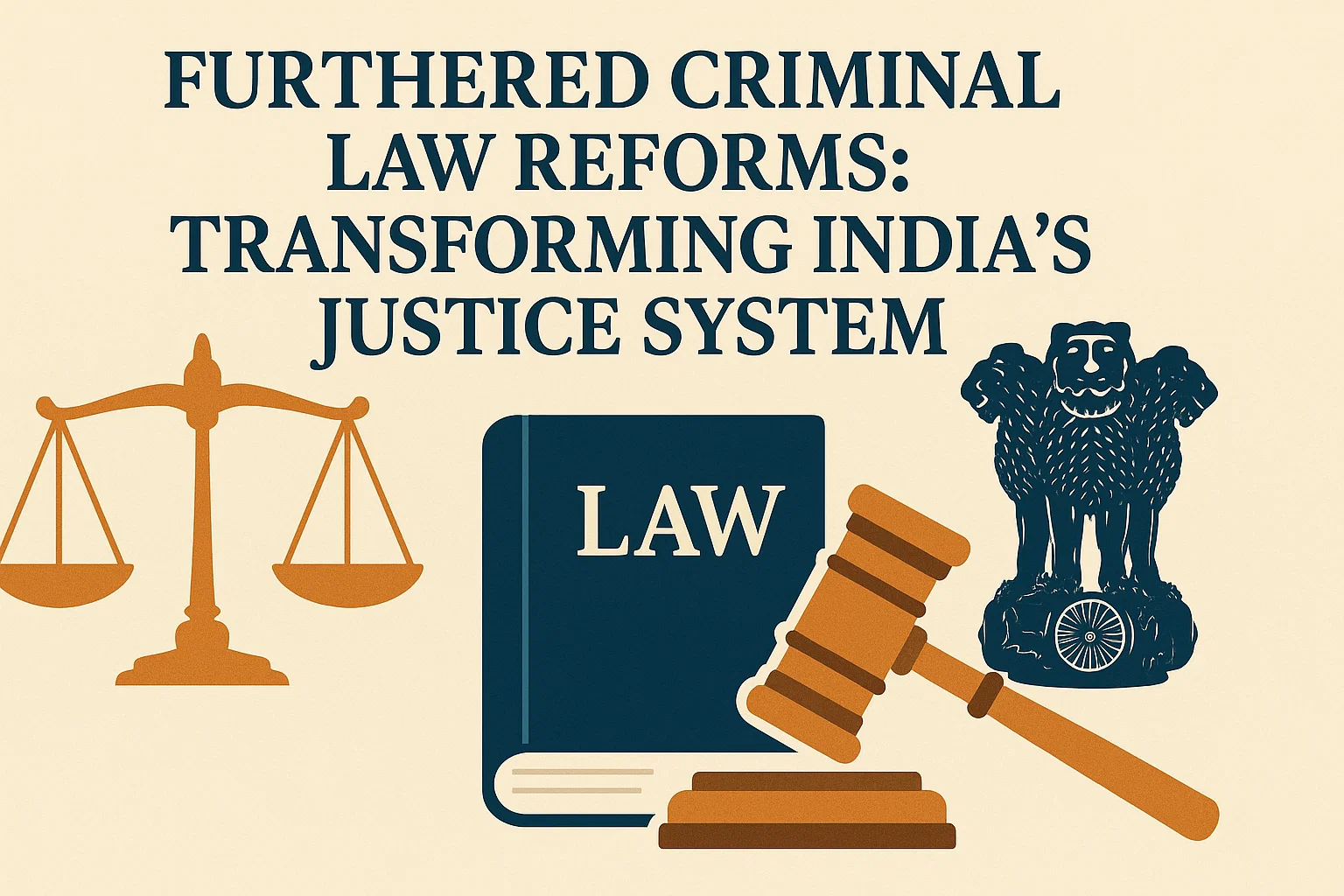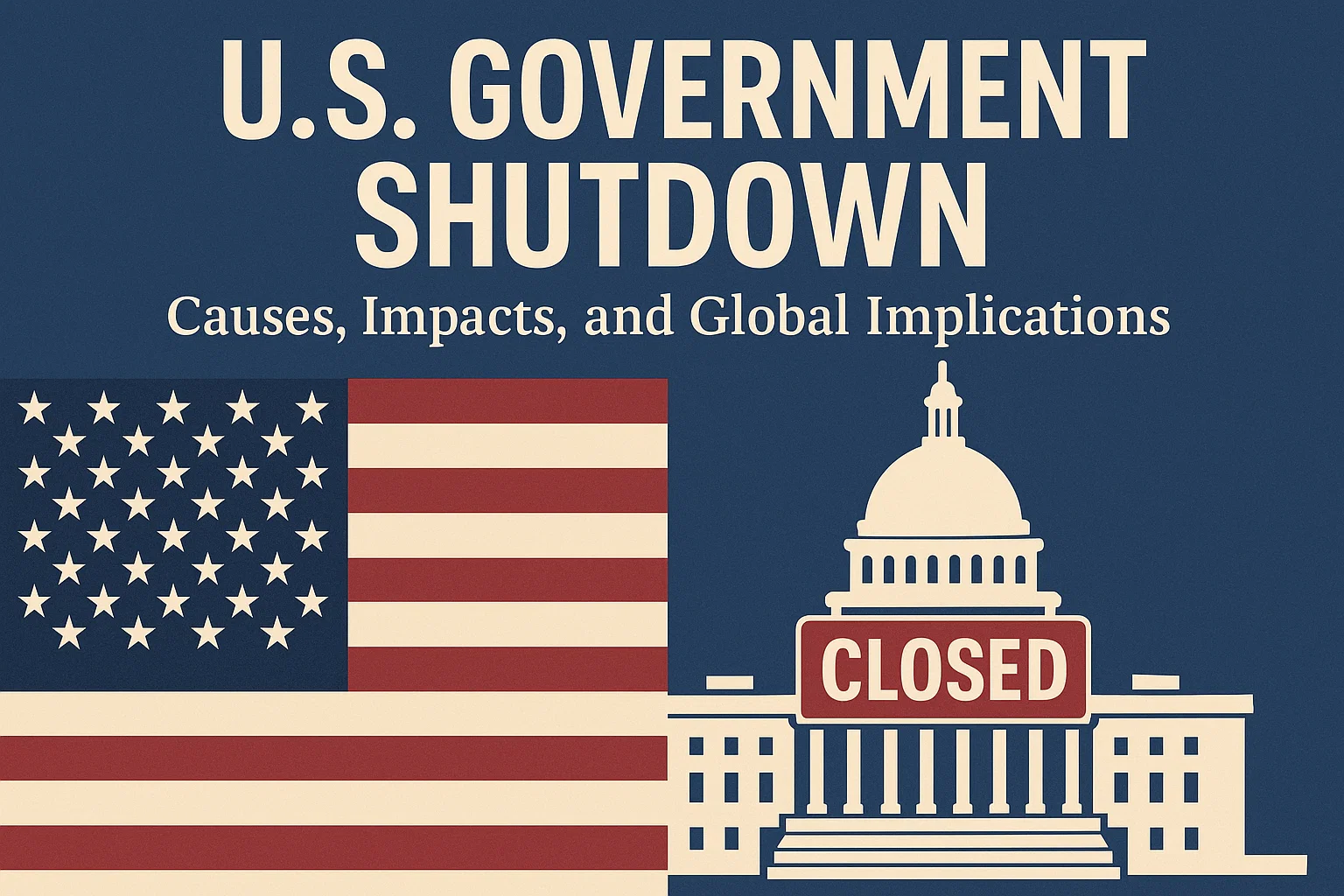Font size:
Print
Pakistan’s Proxy War: A Bold Blueprint to End State-Sponsored Terrorism
Pakistan’s Proxy War: Transformative Solutions for Ending a Decades-Long Threat
Context:
The April 2025 Pahalgam massacre, in which 26 civilians including tourists were killed, yet again underscored the persistent threat of Pakistan-sponsored proxy war against India. India’s kinetic response via Operation Sindoor, which targeted terror camps across the LoC, signaled a calibrated but firm retaliation. However, military measures alone are not sufficient. There is an urgent need for a comprehensive, multi-dimensional strategy to make Pakistan abandon the use of proxies and move towards strategic peace.
Understanding the Legacy of Conflict: A Historical Burden
- Partition of 1947: Created deep-rooted communal and territorial tensions between India and Pakistan.
- Accession of Jammu & Kashmir: Became the first flashpoint; war in 1947–48 led to bifurcation of the state and sowed the seeds of enduring discord.
- 1971 War and Creation of Bangladesh: A traumatic event for Pakistan, especially its military, which fosters continued hostility towards India.
- Afghan Jihad (1979–1989): Pakistan’s collaboration with the US and Saudi Arabia to support the Mujahideen established the infrastructure and ideology for future proxy wars.
The Evolution of Proxy War Strategy by Pakistan
- Since the late 1980s, facing conventional military inferiority, Pakistan has adopted unconventional warfare using non-state actors.
- Inter-Services Intelligence (ISI) has systematically supported groups like Lashkar-e-Taiba (LeT) and Jaish-e-Mohammed (JeM) for operations in Jammu & Kashmir.
- Strategy is driven by concepts of:
- Strategic depth (especially in Afghanistan).
- Strategic distance (using proxies to deny direct accountability).
- Groups like The Resistance Front (TRF) were created to evade international scrutiny, acting as rebranded versions of banned groups.
Impact of Proxy Warfare on India and the Region
-
- Major attacks include:
- 2008 Mumbai attacks (over 160 killed).
- 2019 Pulwama attack (40 CRPF personnel martyred).
- 2025 Pahalgam attack (26 civilians killed).
- Major attacks include:
- Objectives of these attacks:
-
- Destabilise Kashmir’s economy and communal harmony.
- Disrupt tourism and development in the region.
- Internationalise the Kashmir issue under the garb of self-determination.
India’s Multi-Pronged Response Strategy
- Military Response
-
-
- Surgical Strikes (2016) and Balakot Air Strikes (2019): Set new precedents of cross-border retaliation.
- Operation Sindoor (2025): Targeted nine terror camps in PoK, escalating aerial military action.
-
- Diplomatic Isolation of Pakistan
-
- FATF Grey-Listing: Leveraged to highlight Pakistan’s support to terror financing.
- Global outreach: Diplomatic efforts to expose ISI links with terror outfits.
- Post-Pahalgam measures:
Pakistan’s Loss of Strategic Narrative
- Despite repeated provocations, Pakistan has failed to garner domestic or international support for its Kashmir agenda.
- The 2025 Pahalgam attack exposed Pakistan as a threat to economic progress and communal peace in Kashmir.
- Kashmiri perception has shifted – Pakistan is now seen as the violator, not the savior.
Lessons from Global Post-War Reconciliations
- Russia-China reconciliation post-conflict illustrates the dividends of long-term peace.
- East and West Germany achieved unity through deliberate statecraft and shedding historical burdens.
- Such strategic maturity is essential for India-Pakistan relations, especially to avoid perpetual low-intensity conflicts.
- Suspension of the Indus Water Treaty.
- Closure of the Wagah-Attari border.
- Involving the IMF to reconsider Pakistan’s financial credibility.
- Technological and Security Measures
-
-
- Enhanced border surveillance and counter-infiltration measures.
- Investment in cyber intelligence and terror financing tracking.
-
- Localised Development and Counter-Radicalisation
-
- Strengthening grassroots governance in J&K.
- Promoting youth engagement, employment, and deradicalisation programs.
- Increasing public participation in security vigilance.
Challenges in Achieving Strategic Peace
- Pakistan military’s institutional dependence on the Kashmir conflict for legitimacy.
- Fear of losing internal control over Balochistan and Khyber Pakhtunkhwa pushes the Pakistan army to externalise dissent.
- Proxy groups like the Afghan Taliban and Haqqani Network have also complicated regional stability and now even threaten Pakistan itself (e.g., TTP attacks on Pak Army).
Strategic Recommendations: A Way Forward
- Impose Comprehensive Costs
-
-
- Sustain economic, military, and diplomatic costs to raise the price of proxy warfare for Pakistan.
- Use defense innovation and technological edge to enhance deterrence.
-
- Strengthen International Alliances
-
-
- Forge coalitions against state-sponsored terrorism at platforms like the UNSC and G20.
- Counter Pakistan’s false equivalence between Kashmir and global issues like Palestine.
-
- Institutionalise Peace-Building in Kashmir
-
-
- Continue tourism-led economic revival and connect Kashmiris to India’s growth story.
- Promote inclusive governance and cultural integration to immunise against radicalisation.
-
- Use Asymmetry in India’s Favor
-
- Recognise that Pakistan cannot sustain hostilities long-term; avoid premature escalation.
- Focus on a patient, calibrated, and resilient strategy that plays to India’s conventional and diplomatic superiority.



